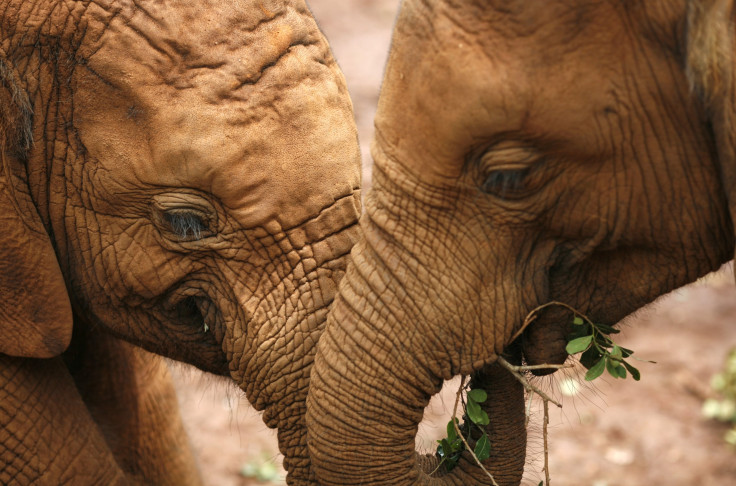African Forest Elephants Face Extinction: Slow-Breeding Creatures Will Need At Least 90 Years To Recover From Poaching

Over the past two decades, illegal hunting has taken a heavy toll on the population of African forest elephants — the smaller cousins of the Savannah elephants that make up the majority across the continent. In 2013, merely 100,000 of these elephants were present in the densely wooded rainforests of west and central Africa — a 65 percent drop since 2002.
According to a new study published in the Journal of Applied Ecology, even if authorities are successful in curbing poaching with immediate effect, it would take almost a century for the forest elephant population to bounce back to the 2002 levels. This, the authors of the study say, is primarily because of their slow birth rates.
“Female forest elephants in the Dzanga population typically breed for the first time after 23 years of age, a markedly late age of maturity relative to other mammals,” lead author Andrea Turkalo, an associate conservation scientist at the Wildlife Conservation Society (WCS), said in a statement. “In contrast, Savannah elephants typically begin breeding at age 12. In addition, breeding female forest elephants only produced a calf once every five or six years, relative to the three- to four-year interval found for Savannah elephants.”
According to the researchers, this low birth rate is most likely because of the challenges associated with living in forests, where new plant growth is limited to the canopies — regions the elephants can’t reach.
“While we think of tropical forests as incredibly productive areas, most production occurs in the high canopy inaccessible to ground-dwelling species. In addition, vegetation in tropical systems are laden with compounds to defend their leaves from herbivores, including elephants,” co-author Peter Wrege, a behavioral ecologist at the Cornell Lab of Ornithology, said in the statement.
What this means is that it will take forest elephants at least 90 years to recover from the massive loss to their population incurred due to the ivory trade-fuelled poaching — much longer than previous estimates had indicated.
“Legislation regarding ivory trade must consider the collateral effects on forest elephants and the difficulties of protecting them,” co-author George Wittemyer from the Colorado State University, said in the statement. “Trade in ivory in one nation can influence the pressures on elephants in other nations.”
© Copyright IBTimes 2024. All rights reserved.












